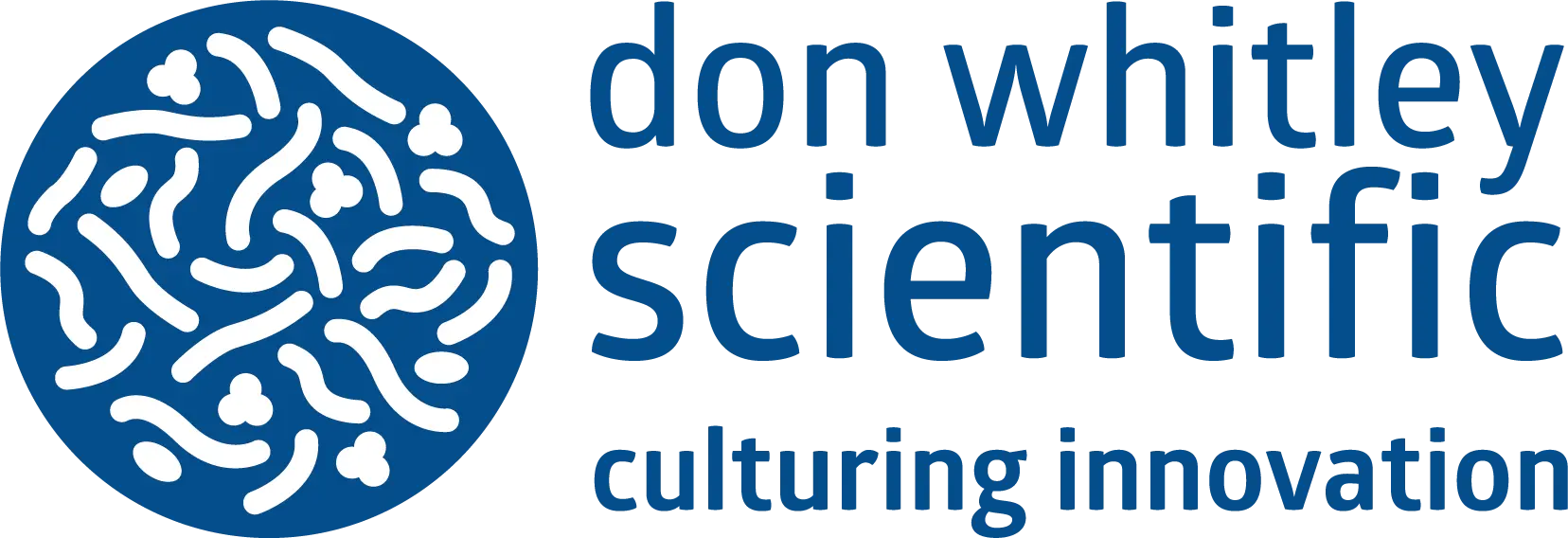
Brain abscesses are focal infections of the central nervous system characterised by cerebritis and necrosis. Symptoms include headache, fever, neurological deficits and impaired consciousness [1]. Predisposing conditions for brain abscesses include congenital heart disease, dental infections, otitis media and neurosurgery, among many others [1]. Most infections are polymicrobial, common pathogens being Staphylococcus aureus and Streptococcus viridans; in up to 40% of cases, anaerobes are isolated [1]. Between 2014 and 2023, cases in children increased by 23%, overtaking incidence in adults [2]. In 2023, there was an “abnormal surge of brain abscesses in American children” [3], and scientists are focusing more than ever on this life-altering infection. Despite advances in scientific capabilities, some obligate anaerobes are still difficult to isolate and identify, including those which cause brain abscesses.
A recent case study has investigated a rare case of a brain abscess in a 9-year-old boy, caused by the obligate anaerobe Parvimonas micra [4]. The child presented to hospital with severe headache and vomiting, and a physical examination showed the patient to have several issues including a heart murmur and pulmonary atresia [4]. A CT scan revealed lesions in the cerebellar parenchyma, suggesting several cerebellar abscesses, which were drained and then treated with 1 g cefoperazone-sulbactam and 0.54 g amikacin for 5 days [4]. Unfortunately, the antibiotic treatment proved unsuccessful, and the abscess continued to grow, so drainage was carried out again and the intraoperative pus sample was sent off for bacterial analysis [4]. The sample was subjected to anaerobic culture on Robertson’s Cooked Meat medium for 48h at 37oC and then sub-cultured onto other media such as neomycin blood agar for a further 48h at 37oC. A single pin-point colony type was isolated from these plates and was identified by MALDI-TOF as P. micra [4]. Over a 6 week period, the patient received intravenous clindamycin at 0.3 g and metronidazole at 0.25 g; a post-procedure CT scan showed the abscess to have decreased in size and the patient’s clinical condition improved [4]. A combination of surgery, imaging and microbial analysis is vital for effective antimicrobial therapy and patient outcomes [4]. Selection of appropriate antimicrobial agents is reliant on successful bacterial cultures, hence the need for optimal culture media and strict anaerobic conditions.
Case studies such as this highlight the importance of anaerobic bacteriology and its relationship to effective clinical treatment. For example, the Minimal Inhibitory Concentration (MIC) of antibiotics against pathogenic anaerobes are used to select therapies, and to perform MIC testing correctly, stringent anaerobic conditions are required. The Don Whitley Scientific Laboratory routinely cultures obligate anaerobes using the Whitley A95 Workstation, including a recent anaerobic agar MIC study for an international pharmaceutical company which required MICs to be determined against a panel of bacteria representing the gut microbiota - among this panel was P. micra. Without such anaerobic workstations, research on this organism would be much more difficult. It is essential to provide the highest quality anaerobic incubation conditions when studying anaerobic bacteria, whether they are members of the normal intestinal microbiota or those associated with brain abscesses.
Written by DWS Microbiologist, Kirsty McTear
References
1. Ruiz-Barrera MA, Santamaría-Rodríguez AF, Zorro OF. Brain abscess: A narrative review. Neurology Perspectives. 2022 Jan 23;2(3):160–7.
2. Guy RL, Coelho J, Kartyk Moganeradj, Gil E, Nurfarah Sabtu, Brown CS, et al. P-921. A Decade of Changing Incidence and Microbial Aetiology of Brain Abscesses in England between 2014 and 2023. Open Forum Infectious Diseases. 2025 Jan 29;12(Supplement_1).
3. Starr M. Abnormal Surge of Brain Abscesses in American Children, CDC Says [Internet]. ScienceAlert. 2023 [cited 2025 Mar 12].
4. Ravichandran P, Kundu R, Biswas R, Sathiaprabhu Anbazhagan. A rare isolation of Parvimonas micra from cerebellar abscess in a patient with complex cyanotic heart disease. Anaerobe. 2025 Feb 1;102943–3.


 au
au


 English
English